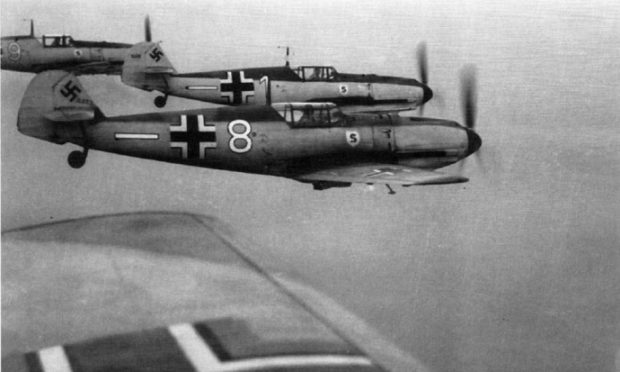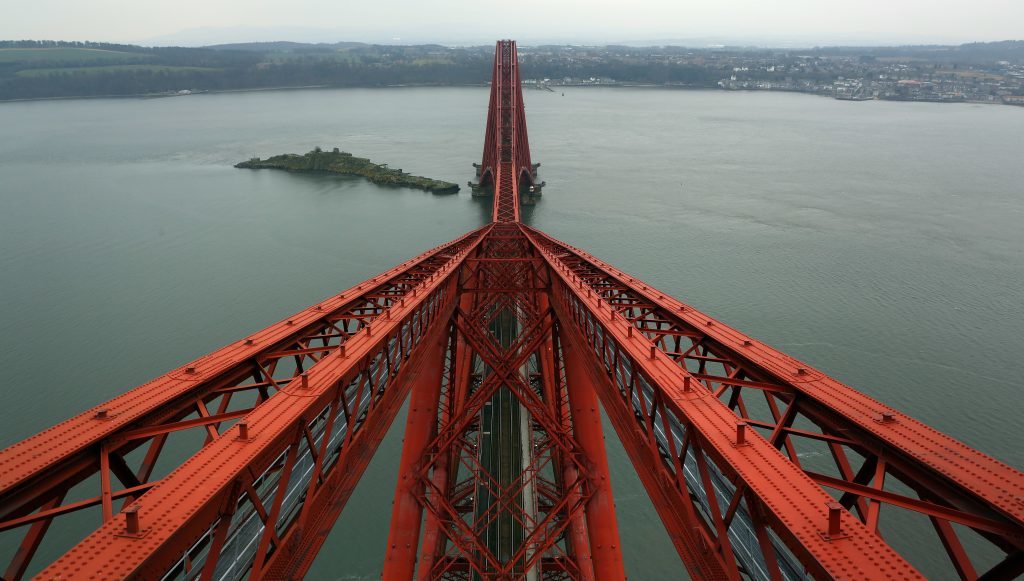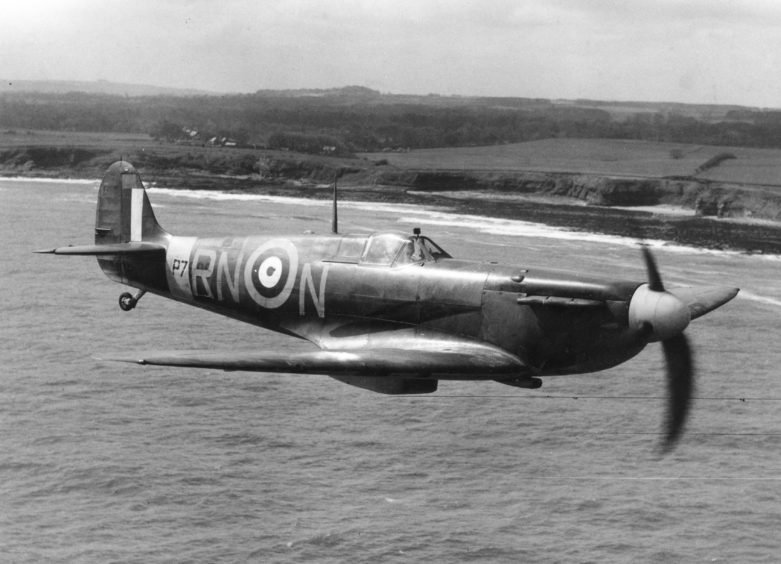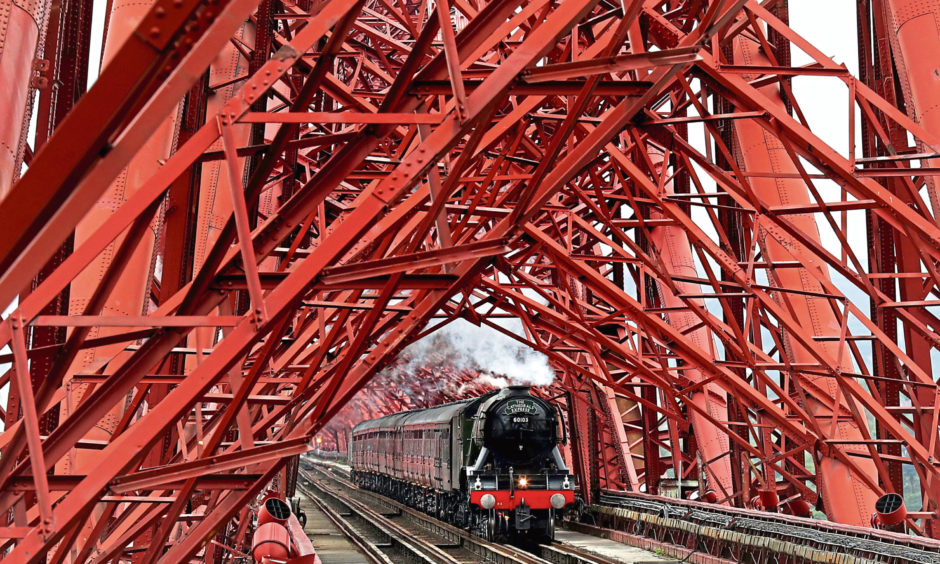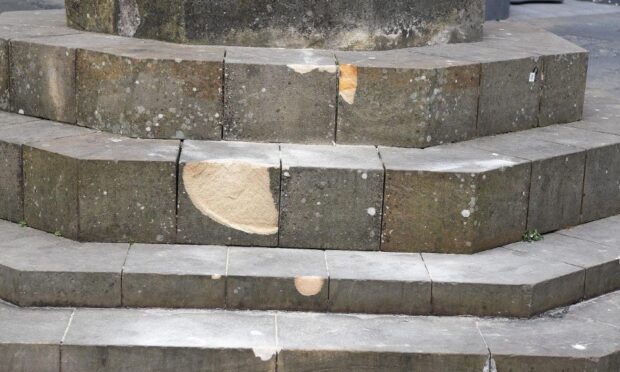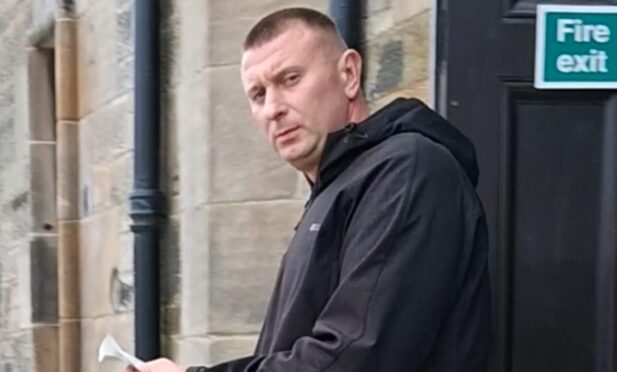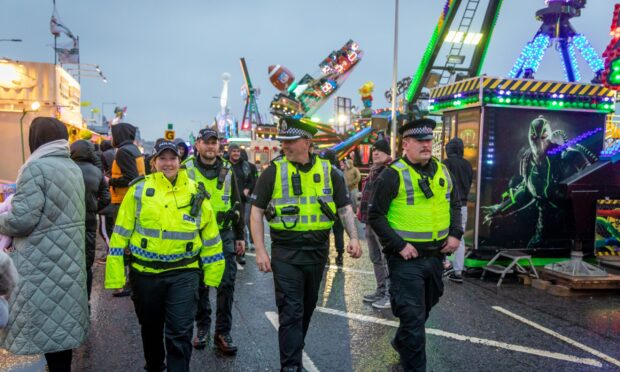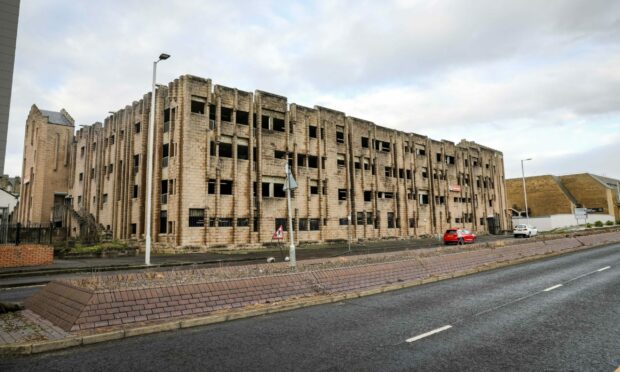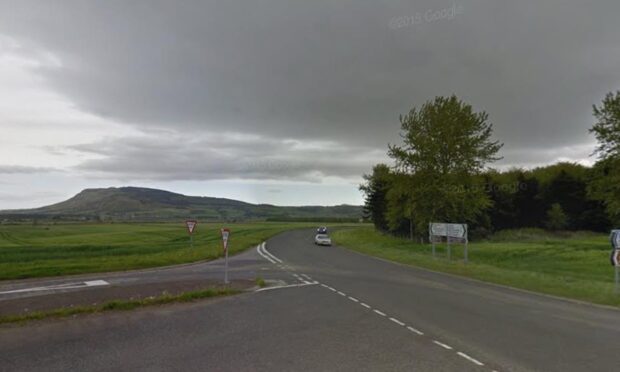Michael Alexander delves into The Courier archives to see how the first air raid of the Second World War over the Firth of Forth 80 years ago on October 16, 1939, was reported.
Eighty years ago, just six weeks after the outbreak of the Second World War and two days after the infamous loss of the Royal Oak at Scapa Flow in Orkney, the first air raid took place over Britain when 12 German Junker JU 88 bombers launched a daylight attack on warships in the River Forth.
The raids resulted in four German aircraft reportedly being shot down and the remainder being chased back over the North Sea by RAF Spitfires from 602 City of Glasgow and 603 City of Edinburgh squadrons.
However, despite minimal damage and no RAF losses, there were British casualties with a number of naval men injured in the Forth attack and dramatic accounts from those who witnessed the ferocious dogfights at close hand.
The Courier’s account of the Forth raid, published on October 17, 1939, told how a series of bombing raids began around 2.30 pm after circling aircraft were spotted high above the outer Forth estuary that morning.
One bomb “glanced off” the cruiser Southampton, causing slight damage near her bow, and sank the Admiral’s barge and pinnace, which were moored empty alongside . There were three casualties on board the Southampton, and seven on board the cruiser Edinburgh from splinters.
Another bomb fell near the destroyer Mohawk, which was returning to harbour from convoy escort.
This bomb burst on the water, and its splinters caused 25 casualties to the men on the deck of the destroyer.
Golfers playing in the East Neuk gave a dramatic account of an aerial duel unfolding above their heads.
“We heard the noise of machines passing over the water the direction of Fifeness,” declared Mr J. Nash, a shopkeeper,” and we also heard the noise of machine guns, but the raider was brought down too far round the coast for people to see what had happened.”
Mr J. M’Naughton, greenkeeper, was one of those who saw a German aircraft brought down.
He said: “I was working on the far point of the course near the beach. I heard the aeroplanes and looked up. There were three machines, and they were not very high. One was a big black plane, apparently a German bomber. It was being pursued by two British fighter machines.
“The black one was swerving and dodging, but the two fighters kept following, and heard the noise of machine guns the water and saw spurts of flame.
“Suddenly the black machine turned round, swung like a drunken man, and there was a cloud of smoke. It crashed into the water, and in a few moments it had disappeared.”
An aerial duel was also seen near Dunfermline about four o’clock.
A motorist said: “We were travelling towards Dunfermline when we heard anti-aircraft gun-fire. We stopped and saw two aeroplanes travelling towards the sea. Both were diving and twisting, while the rattle of machine-gun fire could be plainly heard.
“It only lasted a few minutes, then we saw one of the planes nose-diving towards the Forth. Later it appeared to level out, and both planes disappeared from view.”
Passengers on the 2.30 pm Edinburgh to Dunfermline train saw part of the raid when the train was about half-way across the Forth Bridge.
The passengers, who had been informed by a railway official at Dalmeny that an air raid was in progress, saw a German plane swoop down in the direction of the bridge. Several bombs were dropped. One of these fell into the water a few hundred yards to the east of the bridge.
One of the passengers, Mis Hunier, Charlestown, a student at Moray House Training College, Edinburgh, said she saw the bombs explode in the water.
The driver of the Edinburgh-Aberdeen express, which passed across the Forth Bridge while the raid was in progress, also gave a terrifying account.
“The first thing we noticed,” he said: “was a huge flash and a cloud of smoke from the side of a battleship. It was one of the painters on the bridge who drew our attention to the planes above.
“Next a bomb dropped at the side of one of the ships, another between two of them, and then another at the side of the first vessel. By that time we were across the bridge.”
The driver added with a laugh that the bridge painters got off the structure in record time!
Questions were being raised in Dunfermline and other Fife coastal towns, however, as to why air raid sirens did not sound until anti-aircraft guns were actioned. Initially some people thought the flying activity was simply another air exercise and stood out in the streets to watch.
Reports told how shrapnel from anti-aircraft guns fell on Dunfermline. One piece pierced the roof of a house and another struck a dog, which had to be shot. The nose-cap of a shell fell in the street. One man said the shrapnel was coming down thick.
“My house was shaken as if there had been an earthquake,” he said. “I took it that a bomb had fallen somewhere and struck something solid.”
The all-clear in Dunfermline eventually sounded around 4.45 pm.
The war itself, however, had barely begun…
